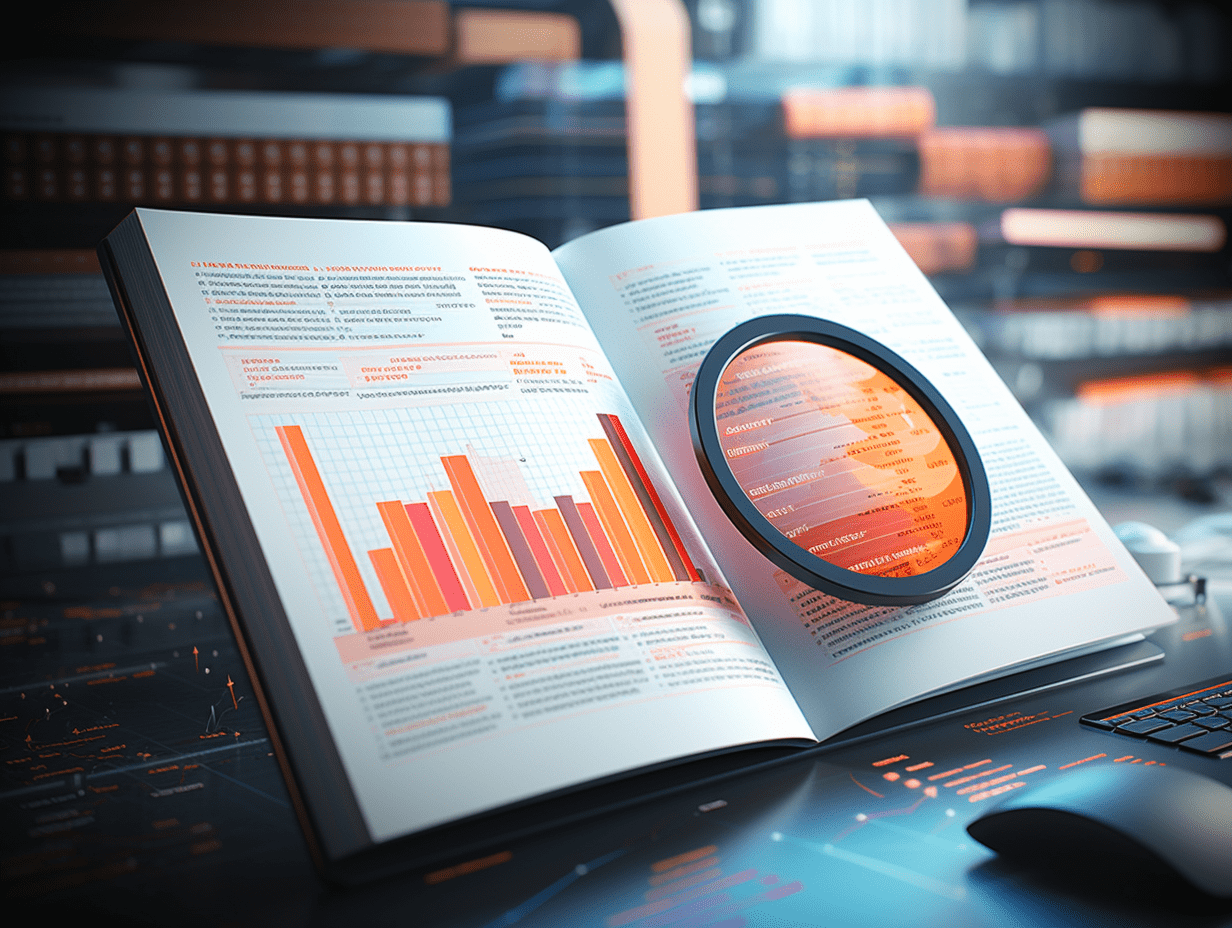
Behind the sideways fluctuations of HK stocks CXO, foreign capital continued to sell while domestic capital accelerated entry.
This September, driven by multiple factors such as the phased bankruptcy of the US "Biological Safety Act", optimistic industry Q3 performance expectations, and the sharp rise in the Hang Seng Index, the CXO sector of the Hong Kong stock market saw a long-awaited surge, kicking off the "National Day market" from the end of September to the beginning of October. Most CXO companies in the Hong Kong stock market reached their phase stock price highs on October 7th or 8th. However, afterwards, the CXO sector followed the Hang Seng Index in a week-long correction, almost giving back all the gains since early October. Currently, individual stocks within the CXO sector in the Hong Kong stock market are mostly in a sideways trading state.
It was observed that recent 2024 Q3 public funds' pharmaceutical holdings data have been gradually disclosed, with a clear increase in CXO positions. In addition, in the past 60 days, Hong Kong stock market funds have heavily bought CXO stocks, showing domestic investors' optimism towards the CXO sector's subsequent rebound.
Behind the sideways trading
Looking at the stock price trends, several CXO stocks in the Hong Kong stock market have performed similarly to the Hang Seng Index in the past month. The October correction period mostly began on October 8th, then stabilized after about 7 trading days, entering a month-long period of sideways trading. Sideways trading is an important signal in stock trading, indicating a period where the stock price is in a sideways state with equal strength from both buyers and sellers.
From a perspective of investor interest, during this period, on one hand, main funds have been digesting the trapped positions at higher levels through sideways trading, especially the high-level chips from October 8th and 9th; on the other hand, it has also allowed previous profit-taking investors to cash out smoothly.
Looking at the trading seats, there were different opinions on the future direction of the Hong Kong CXO sector from domestic and foreign investors. For example, based on public data, in the past 20 days, the top three net buyers for Pharmaron Beijing were HSBC Hong Kong, Shanghai-Hong Kong Stock Connect, and Shenwan Hongyuan Group, buying a net of 13.07 million shares, 6.13 million shares, and 2.47 million shares respectively. On the selling side, the top three sellers were Citibank, JP Morgan, and Morgan Stanley, selling 8.96 million shares, 5.66 million shares, and 4.04 million shares respectively.
Over a longer time frame, Citibank has been the largest seller for Pharmaron Beijing in the past 60 days, selling a total of 3.86 million shares, followed closely by HSBC Hong Kong and Morgan Stanley, selling 6.97 million shares and 6.39 million shares respectively.
The scenario of foreign funds accelerating their withdrawal from the Hong Kong CXO sector in the past month has not only occurred in Pharmaron Beijing but also in Joinn Laboratories, Asymchem Laboratories, and Hangzhou Tigermed Consulting. Observing the past 20 days, JP Morgan has ranked as the top selling seat for Joinn Laboratories, and the second selling seat for Asymchem Laboratories and Hangzhou Tigermed Consulting, selling 3.48 million shares, 0.49 million shares, and 1.41 million shares respectively.
On the buying side, in the past 20 days, the largest buying seats for the three aforementioned CXO stocks have all been southbound Hong Kong Stock Connect funds. Hong Kong Stock Connect (Shenzhen) was the largest buyer for Joinn Laboratories and Asymchem Laboratories, buying 3.19 million shares and 0.83 million shares respectively, while Hong Kong Stock Connect (Shanghai) was the largest buyer for Hangzhou Tigermed Consulting, buying 2.01 million shares.
Looking at the future opportunities in the CXO sector from the perspective of fund holdings
Apart from the Fed's interest rate cuts benefiting the recovery of downstream markets in the CXO sector, another important reason for domestic optimism about the CXO industry lies in the rebound in fundamentals in the first half of 2024 and the profit expectations resulting from the overall undervaluation of the industry.
According to a report released by HSBC Innovation Bank, global biopharmaceuticals only had 161 financing deals totaling $4 billion in 2023, whereas in 2024 alone, there were 71 deals totaling over $5.2 billion. The report also stated, "In terms of exits or financing numbers, the first half of 2024 is already on par with the entire 2023 and is expected to catch up to the levels of 2022." It is widely known that a healthy exit mechanism is an important indicator of the health of the biotechnology industry, indicating a gradual recovery of the global biopharmaceutical industry.
Furthermore, according to a recent report by JP Morgan, in the first half of 2024, the venture capital activity in the US biopharmaceutical industry showed signs of recovery, with the second quarter being particularly active. Large funding rounds drove investments in biopharmaceuticals and platform research, regardless of the clinical stage of the company. In addition, biologics and small molecules continue to lead in early-stage investment and licensing deal value.
Signals of recovery in downstream industry sentiment are reflected in the financial reports of CXO companies. Take Asymchem Laboratories as an example. Although Asymchem Laboratories saw a significant decrease in revenue and profit in the first half of this year, it was mainly due to the impact of large orders from the previous period of the COVID-19 pandemic. Looking at the situation of new orders, the company stated in its financial report that its international division had not fundamentally changed, with a steady increase in new signed orders, reaching 480 million RMB in the current period, a 20% increase year-on-year.
In addition to Asymchem Laboratories, the new signed orders at Joinn Laboratories and Pharmaron Beijing also signify an overall recovery in the industry. Data shows that in the first half of this year, the number of new signed projects at Joinn Laboratories increased by 20%, the number of overseas project orders increased by 30%, and orders from the US market remained stable. Pharmaron Beijing also saw growth in global customer inquiries and visits in the same period.Compared to the previous period, the amount of new signed orders increased by over 15% year-on-year. The growth in orders mainly came from European and American customers, and overseas orders have seen steady growth without any price reductions.The rebound performance of several leading CXO companies in the first half of 2024 provides solid support for their development in the second half of the year, while also offering a buying opportunity for the market.
This is undoubtedly an excellent opportunity to replenish positions at a low level. It is understood that due to the continued downturn in global biopharmaceutical investment and financing enthusiasm since the end of 2021, domestic pharmaceutical funds have seen a continuous decrease in CXO holdings, approaching historical lows. Data shows that pharmaceutical fund holdings have decreased from a high of 60.8% in Q3 2021 to 14.4% in Q1 of this year, even lower than the 15.0% in Q1 of 2020. The top ten holdings of CXO in medical funds have also decreased from a high of 35% in Q3 2021 to 7% in Q1 of this year.
With top CXO companies digesting their commercial orders for the new crown and temporary geopolitical games settling down, sector valuations may be reshaped. In Q3 of this year, public fund holdings of A-share pharmaceutical companies and market value increased month-on-month. Looking at the sub-industry level, it is seen that there is a similar trend in the change of positions in pharmaceutical funds and non-pharmaceutical active funds, with significant increases in CXO, chemical reagents, and hospital positions; and in terms of month-on-month changes in positions, the trends in the change of positions in pharmaceutical funds and non-pharmaceutical active funds are also similar, and because CXO has low valuation characteristics and high certainty of performance next year, the increase in CXO positions is most significant.
In the TOP 30 holding market value, among the top 5 companies with the highest month-on-month increase in the value of holdings as a percentage of total company market value, there are 2 CXO companies, namely Pharmaron Beijing (+6.4 percentage points) and Asymchem Laboratories (+5.3 percentage points).
RECOMMEND
©️2013 - 2024 GMT EIGHT Holdings. All Rights Reserved.
Contact: contact@gmteight.com


